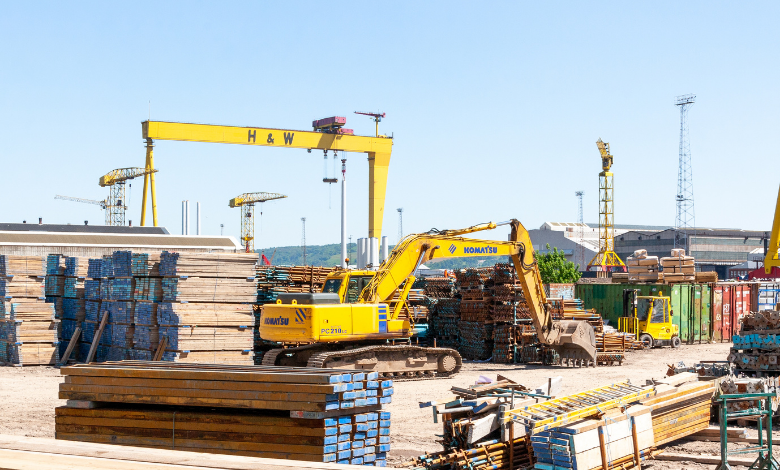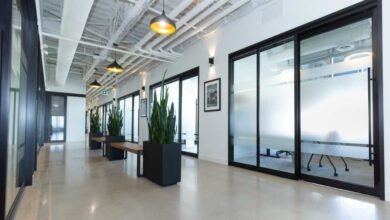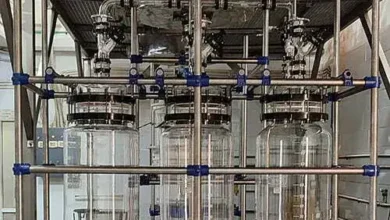How Timber is Prepared for Commercial Use

Trees and timber products have been utilized by communities all around the world for many, many years. Modern-day construction of tall buildings from timber products, in part or in whole, indicates a growing trend in the potential for building with wood at scale. This was not previously attainable.
Although timber has been popular in the construction industry for many years now, the process of how and where it comes from is often overlooked. Keep reading below to find out all about timber – how it moves from the forest, how it is prepared, and how it arrives at the builder’s merchant ready for your next project:
Step 1: Felling
The very first step of preparing timber for use in commercial buildings is felling. Felling is the process of cutting down individual trees. A forest worker will decide which trees are ready to be cut down. They will do this by checking to see which trees have reached their economically mature stage.
Felling is usually carried out in the winter months. This is because, during the winter months, trees have less moisture in them. Once a tree has been felled, they are usually replaced with saplings so that the forest can start to grow all over again.
Step 2: Transportation
Once the trees have been cut down, they are kept in the forest until they are required. This allows some of the water content to evaporate, decreasing the weight of the logs, which in turn lowers the cost of handling and transportation.
The trees will then be cut into smaller lengths before being collected by a timber lorry. They will then be transported to a processing site, such as a paper mill, a sawmill, or a construction producer.
Step 3: At the Processing Site
Once at the processing site, the logs are cut to their required length. They are then cut into panels using apparatus such as bandsaws and circular saws. This is known as ‘conversion’.
Step 4: Seasoning
Trees contain approximately 40-50% water content when they are first felled. Seasoning of wood is the process of removing excess moisture or water content. During the seasoning process, the cell water and free water begin to evaporate from the wood.
The seasoning process is an important step as timber products are less likely to deform or warp after this process. Wood that isn’t seasoned is much harder to work with as it’s more likely to warp or change shape over time.
Step 5: Preparing for Market
At this stage, many timber manufacturers choose to put their wood products through secondary manufacturing. This process involves the wood being made into a more refined product such as furniture or doors. This can increase the market value of the timber.
Once this has been done, timber manufacturers add their preferred treatments to the timber, such as anti-fungal, rot, or fire resistance. Most timber companies purchase their pesticides and fungicides from a chemical contract manufacturing company as these companies specialize in the bulk formation of agrichemicals. Finally, once all modifications are made, the timber is ready to be transported to timber merchants.
Timber for construction is one of the many forest products used around the world. It is used in buildings both small and large. However, before using timber for construction, it’s important to understand where timber comes from and how it is prepared for commercial use. This is because the more we know about timber and how it is prepared, the more successfully we can use it in building projects.




